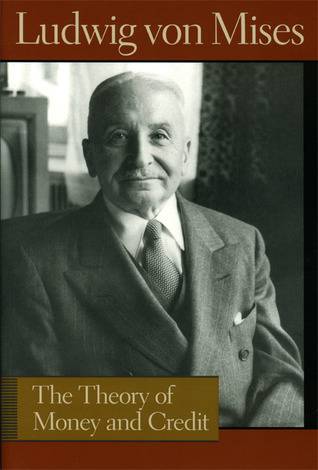

The Theory of Money and Credit
by Ludwig von Mises and H.E. Batson
Ludwig von Mises was the leading exponent of the Austrian School of economics throughout most of the twentieth century. He has long been regarded as a most knowledgeable and respected economist, even though his teachings were generally outside the mainstream. He wrote twenty-five books and hundreds of articles on human action, free markets, and political economy. When Ludwig von Mises wrote The Theory of Money and Credit in 1912 at the age of thirty-one, the world of economic thought was full of contending monetary theories, none of which could be considered truly united, in the sense of being at once securely founded on economic reality and also properly incorporated into an analysis of the entire economic system. This landmark book changed that for good. The Theory of Money and Credit integrated monetary theory into the main body of economic analysis for the first time, providing fresh, new insights into the nature of money and its role in the economy and bringing Mises into the front rank of European economists. The Theory of Money and Credit also presented a new monetary theory of the trade cycle, which, under further development by Mises's student Nobel Laureate F. A. Hayek, came to challenge all previous trade-cycle theories.
Release Date:
June 30, 1981

